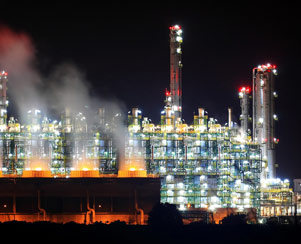
 Downloads
DownloadsTo date, coal-fired power plants have become the leading contributor to widespread, global mercury pollution.
As a result, federal emission standards are in place to regulate the volume of pollution a plant is able to emit. Tri-Mer’s UltraCat system is compatible with standard mercury emission control techniques.
Control of mercury is notoriously difficult: each instance is analyzed individually, and customized solutions are engineered. A few general observations can be offered, however.

Installations that generate both NOx and dioxins are ideal applications for Ceramic Catalyst Filter Systems technology.
• Particulate (PM 10, PM 2.5, PM 1.0) • NOx • SOx (SO2, SO3) • HCl, HF • Metals (Selenium, Arsenic …) • Mercury • Hexavalent Chrome • Dioxins / Furans • Selective VOC (Cement O-HAPS) • Add-on CO module available